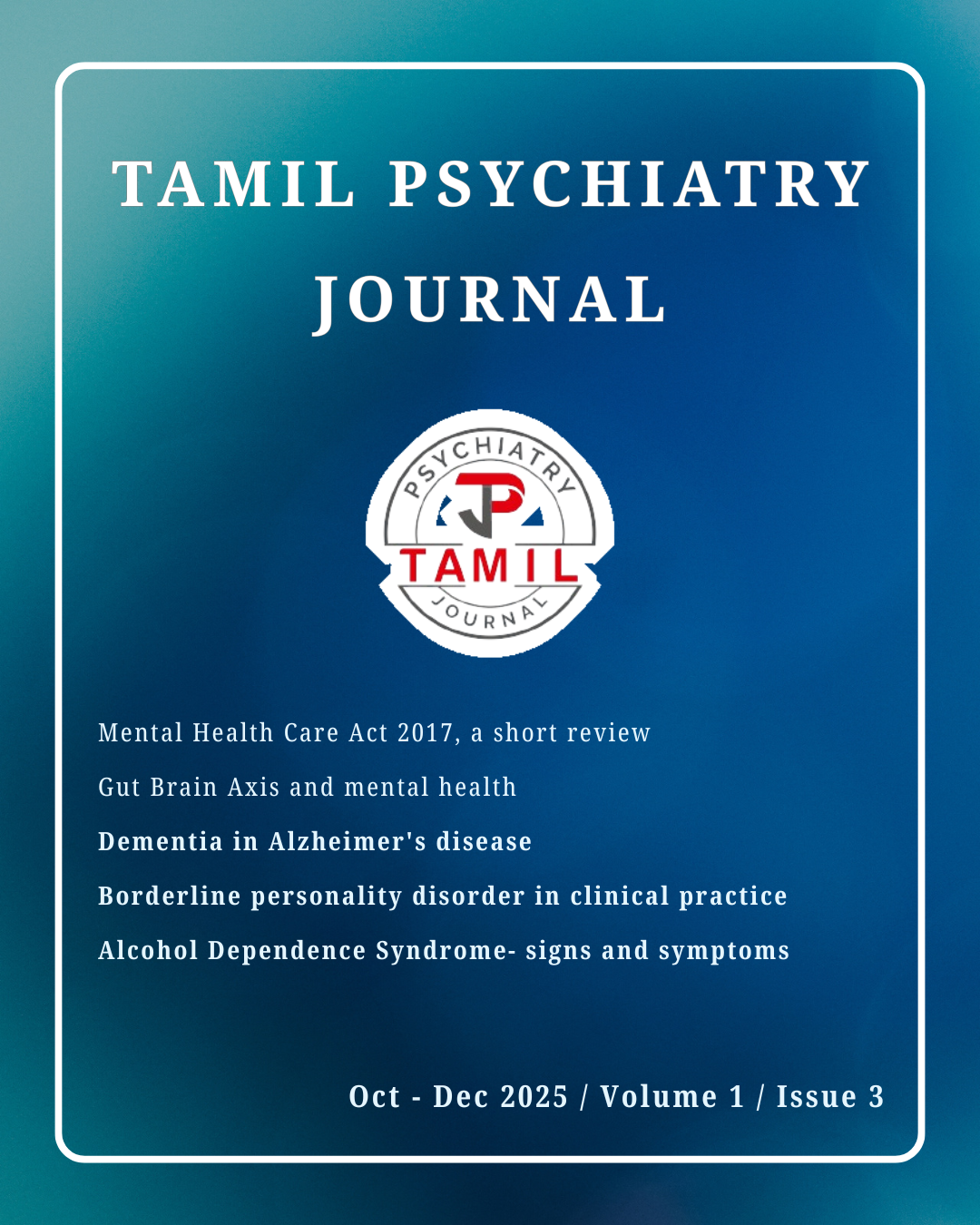BULLYING
definition, effects, types and prevention
Keywords:
bullying, cyber-bullying, psychological effects of bullying, bullying consequences, victims of bullying, direct bullying, indirect bullying, கொடுமைப்படுத்துதல், கொடுமைப்படுத்துதல் விளைவுகள், நேரடி கொடுமைப்படுத்துதல், மறைமுக கொடுமைப்படுத்துதல்Abstract
Bullying is the act of isolating others, that is- using fear and power to exert authority and act arrogantly. Bullying is a direct or indirect way of harming others. For example, physically attacking a fellow student, pushing them away, grabbing their bag, scolding them, making fun of them, and humiliating them, and taking and hiding their belongings are all examples of direct bullying. Similarly, spreading rumors about someone and creating a bad reputation, trying to isolate them from society, not including them in games or talking to them, and acting as if they are isolated are indirect forms of bullying.Recently, bullying has been occurring on the Internet and through modern devices. For example, someone's personal information such as photos, videos and messages are shared without their permission on social media, which is called Cyber Bullying. However, the victims are seen as cowards and people who do not know how to talk to others and socialize. They generally do not talk about the abuse that happens to them. This article discusses in detail how the victims of bullying suffer from various psychological effects such as social anxiety, anxiety, depression, isolation from others, suicidal thoughts, low self-esteem, somatic symptoms, borderline personality disorder and psychotic symptoms.

